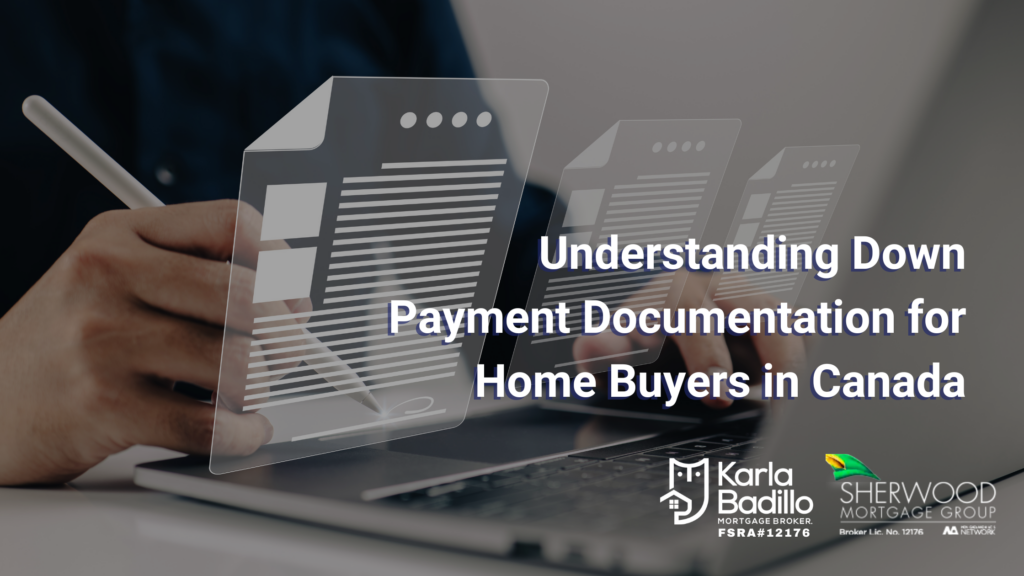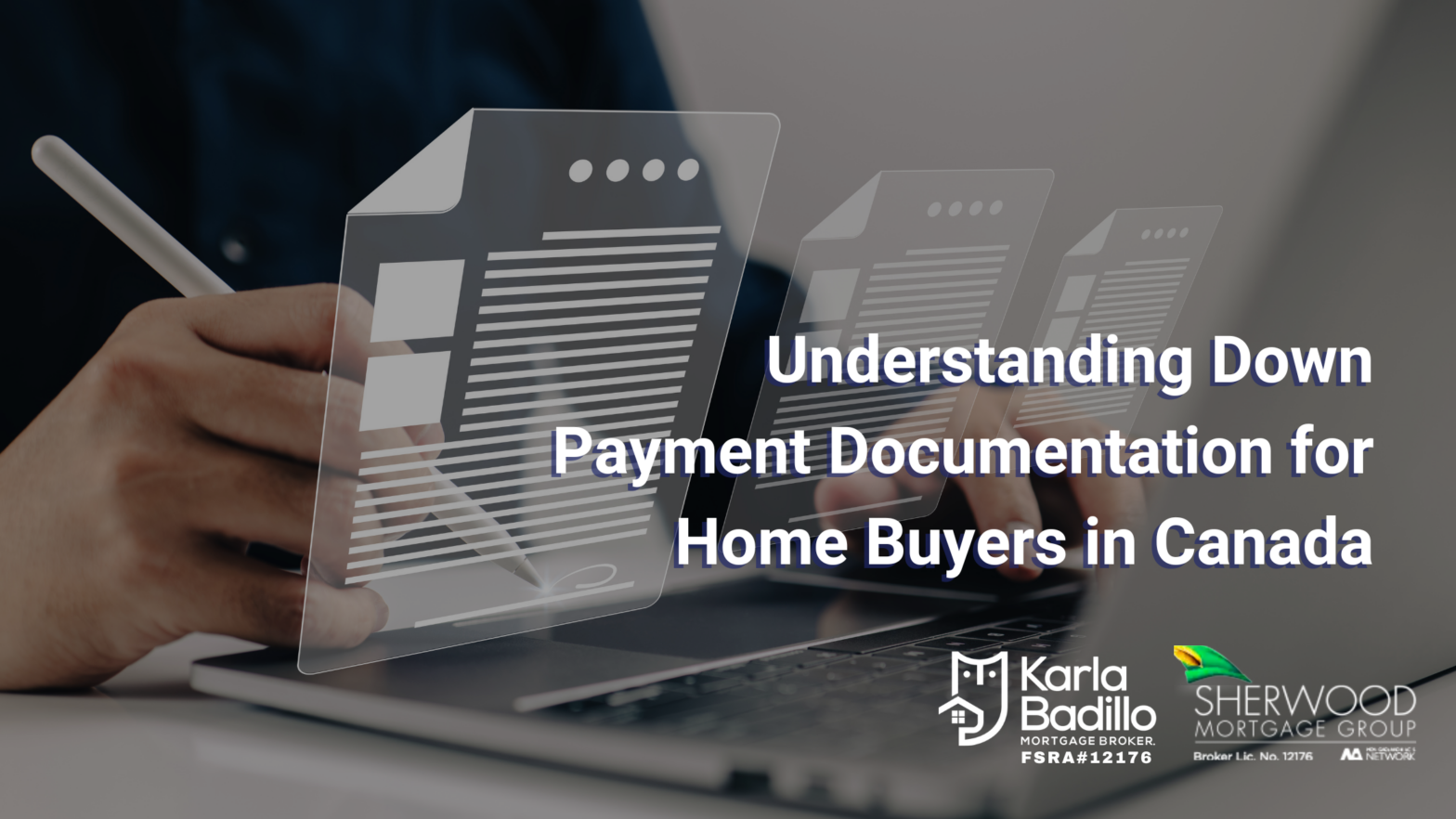
When purchasing a home in Canada, it’s essential to understand the documentation requirements for your down payment. Due to Anti-Money Laundering (AML) policies, you must demonstrate the source of your down payment funds for a period of 90 days. In this article, we’ll explain what documents you need and how to streamline the process.
What Documentation Do You Need?
To meet the 90-day requirement, you can provide the following document:
- Three months of bank or investment statements showing the history of your funds.

Confirming the Source of Your Funds
Proving where your down payment money comes from can be straightforward or frustrating. Lenders look for a clear history of all funds in your accounts, and they are strict about verifying the source of the down payment due to anti-money laundering regulations. All lenders, including banks, credit unions, and trust companies, must properly document the origin of your funds. This includes providing proof of 100% of the down payment and closing costs over a 90-day period. Understanding these requirements will help simplify the process for you and your mortgage broker.
Closing Costs
In addition to your down payment, you should demonstrate at least 1.5% of the purchase price for closing costs (such as land transfer tax, legal fees, and mortgage registration). This percentage does not reflect your actual closing costs, which can vary significantly.
Required Documentation
Lenders will ask for bank statements covering a 90-day period. If you have large deposits (of $1,000 or more), you will likely need to justify their source. For example, if your statement shows a transfer of $5,000, you must provide a 90-day history from the originating account to clarify the funds’ origin.
Small Deposits
Deposits under $1,000 often go unnoticed, but lenders may still inquire about them. If there are multiple small deposits, you’ll need to explain their origin. For instance, receiving $200 every day for 20 days could be seen as unusual.

Common Documents for Down Payments
Bank Statements with Your Savings: If you’re using personal savings for your down payment, you’ll need to provide bank statements covering the last 90 days that clearly reflect your savings. This will help demonstrate the consistency and origin of your funds.
RRSP: If you’re using your RRSP for the down payment, you’ll need to provide a 90-day history of your RRSP statements along with documentation for any deposits.
Property Sale: If your down payment comes from selling a property, you’ll need to submit a copy of the accepted offer for the sold home and a breakdown of the received funds.
Gifts: If you receive a gift from a family member, the donor must complete a gift form, and you’ll need to show a statement evidencing the deposit.
Buying New Constructions
If you purchased a new construction, you likely paid a substantial portion of your down payment to the builder before the 90-day period. In this case, you’ll need to present copies of the checks issued to the builder and a receipt confirming the payment.

Unacceptable Down Payment Sources
Lenders do not accept certain types of funds for down payments, such as:
- Gifts from non-immediate family members.
- Loans from friends or family.
- Cash kept “under the mattress.”
Understanding the documentation requirements for your down payment is crucial for facilitating your home purchase in Canada. While the process may seem complex, with proper preparation, you can navigate it with confidence. If you have more questions or need assistance, please feel free to reach out. I’m here to help you every step of the way!

